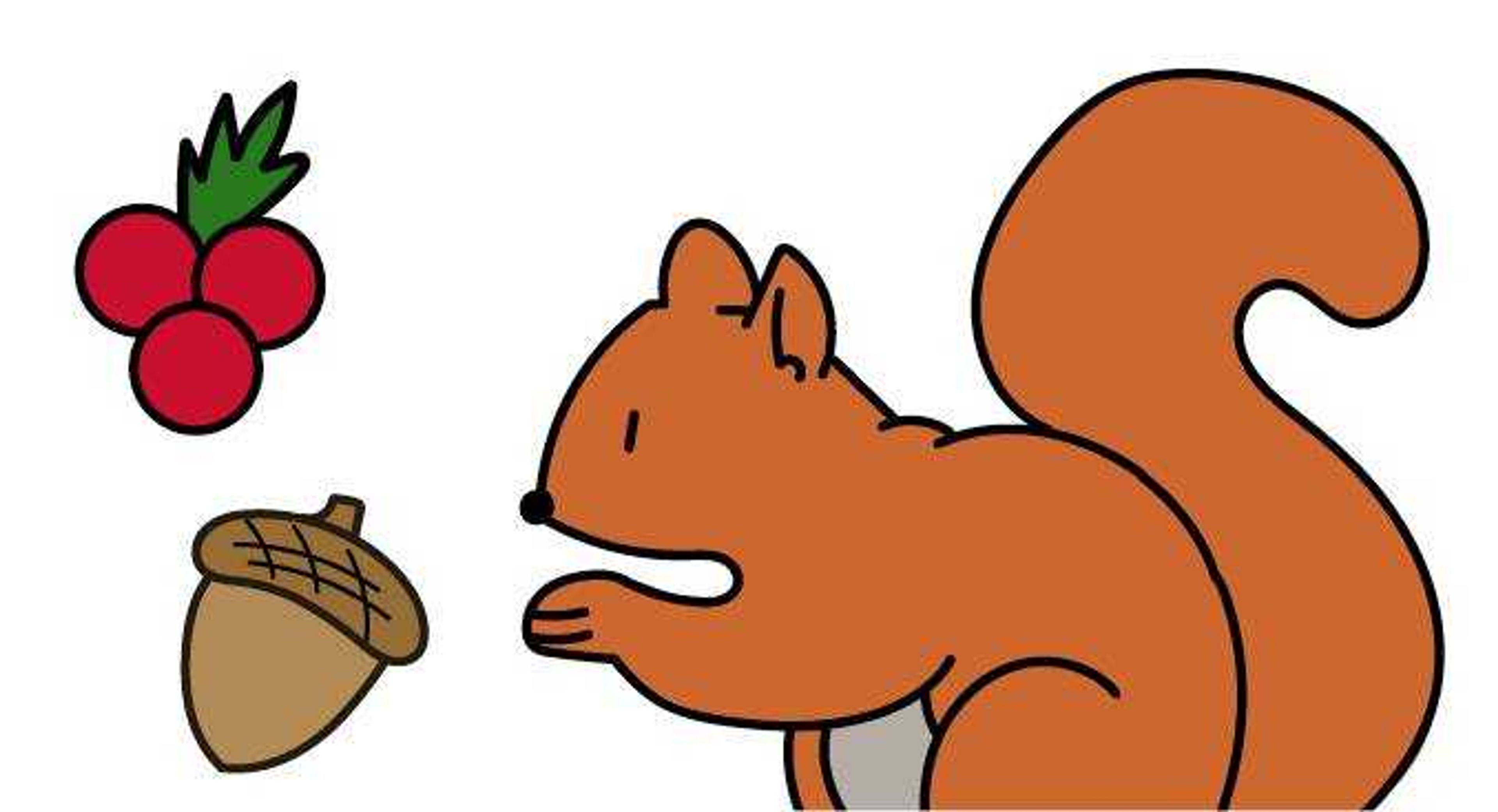When the leaves begin to change and winter steadily approaches, people everywhere are curious to know what the forecast has in store so they can prepare for the winter weather.
Since Mother Nature is unpredictable, many people turn to superstition to try to determine what the future holds.
One method typically used in the Midwest is to cut open persimmon seeds to predict winter weather. If the shape inside the seed resembles a knife, a cold icy winter is in store. If it resembles a spoon, there will be a lot of snow. If it resembles a fork, winter will be fairly mild.
Sikeston native Bob Clubbs runs a Facebook page called 'Weather with Bob Clubbs.” Clubbs said he frequently receives photos and comments about persimmons from people in the community.
“People love to send me photos of their cut-open persimmons,” Clubbs said. “If there’s a spoon shape on the inside, that is said to signify a winter with a lot of snow. That’s what seems to be showing up the most this year.”
Another method is using the color of the woolly bear worms — also called woolly worms or fuzzy worms — to predict winter weather. First-year graduate student Karma Alvey said she and her family frequently used the woolly-worm method when she was growing up.
“We, for fun mostly, did the woolly worm thing where the reder the worm, the easier the winter, and the blacker the worm, the harder the winter,” Alvey said.
Ken Hartung Sr., a long-time coach for the Youth Hunter Education Challenge in Arnold, Missouri, said watching squirrels’ behavior in early fall can give viewers a good idea if winter weather is quickly approaching.
“When squirrels are hard at work collecting food and burying it, you can probably expect some ice or snow within the next week or two,” Hartung said.
Senior Daniel Mahoney said he has used pawpaw fruit to help determine winter weather in the past. Pawpaw trees are native to Missouri and grow in dense shade.
Mahoney said when the fruit from the tree ripens can determine how hard winter will hit.
“The later [in the season] it turns black, the less harsh the winter is going to be,” Mahoney said.
Despite all these beliefs, Bob Clubbs said the methods may or may not have some truth to them and should be taken lightly.
“I try to take a lighthearted approach and remind people to take every forecast with a grain of salt,” Clubbs said. “Or a truckload, if we are expecting ice.”






